There are so many types of hot yoga out there. But Bikram yoga is one of the best known and most popular. It is essentially a routine of 26 yoga poses practised within 90 minutes in a room heated to 40.5 degrees Celsius/105 Farenheit with 40% humidity. Sounds quite specific, doesn’t it? Once you are familiar with the sequence, flowing through the established series of poses in heat becomes second nature, helping you to stretch your whole body and relax your mind.
Still, the thought of Bikram yoga might be daunting if you’ve never tried it before. This guide will give you all the information you need to get ready for your first class or to return to Bikram yoga if you’ve had a bit of a break.

What Is Bikram Yoga?
Bikram yoga was invented in the 1970s by Bikram Choudhury. It aims to amplify the benefits of traditional yoga using heat, which helps your muscles to stretch more easily. The heat also makes you sweat, which is thought to help with flushing out toxins and losing weight.
Unlike other forms of hot yoga, Bikram yoga has a set sequence of 26 poses that you move through repeatedly until the end of the session, which is usually 90 minutes long. No matter where you go for your Bikram yoga class, these same 26 yoga poses will be used and the class will last roughly the same amount of time.
The sequence is designed to stretch your whole body, increase blood circulation, and bring more oxygen to your muscles, in addition to the standard benefits of yoga.

Because you use the same poses in the same order, it is easy to learn the sequence. That makes Bikram yoga a good choice for anyone who likes to know exactly what to expect from their yoga class.
Of course, even once you get used to the poses, Bikram yoga will still test your endurance, partly thanks to the heat but also to the fact that you can always go that one bit deeper in the poses that you practice.
The aim is to make you sweat. And we can promise you that it will work. Bikram yoga enthusiasts say that all the sweating you’ll do during a class increases the detoxifying effects of yoga.

How to Prepare for Bikram Yoga
Because of the heat and humidity, getting ready for a Bikram yoga class requires slightly more thought than a traditional yoga class. Not much more though. And the good news is that the equipment list is still short.
One absolute essential is a high-quality yoga mat. This will benefit any yoga practice but is even more important with Bikram yoga because you are going to be sweating. You’ll want a mat with excellent grip to keep you from sliding around as the temperature ramps up, especially as your hands and feet are likely to get sweaty & the mat underneath them is therefore likely to get very slippery.

If you can, opt for a yoga mat made with natural rubber that is particularly grippy. Our mats, for instance, are designed to absorb moisture to keep your practice area dry the more you sweat. They also feature a layer of antibacterial cotton underneath the surface (so at the core of the mat) to keep the mat more hygienic for longer, and are just the right thickness to ensure you are comfy in all poses.
Another thing you can bring to a Bikram yoga class is a towel, so you can dry off your hands, face, and yoga mat if needed. You’ll probably also want a change of clothes since you’ll be sweaty and wet by the end of the session.
Water is another essential, so you can replace all the fluids you’ll be losing during the Bikram yoga session. Hydrate well before your class starts and have a water bottle with you too. Just make sure you’ve gone to the toilet before you begin – you don’t want to be distracted by a full bladder.

When you are choosing what to wear for Bikram yoga, look out for breathable fabrics. Like any yoga outfit, it should be comfortable and allow you to move freely. You’ll probably want to wear as little as you reasonably can because you are going to be hot.
There are plenty of benefits to hot yoga classes, like Bikram, but the heat can be intense. If you are feeling under the weather, it is best to skip your class this week. Watch out for any injuries too. The heat makes you more flexible, but that can mean you overextend more easily. Also it’s useful to note that Bikram yoga isn’t suitable if you are pregnant.
Lastly, as with everything, be careful to look after yourself properly. Endurance is part of the challenge of Bikram yoga, but there is no need to push yourself beyond your limits. If you are feeling dizzy, light-headed, or nauseous, stop straight away. Also, if you’re having doubts or are working with any sort of injuries, make sure to speak to your teacher (or even your doctor!) first.

How to Start Bikram Yoga
Most of us won’t be able to start Bikram yoga at home since it requires the heat and humidity of a specially adapted studio. So, your first step is to find a class close to you. Since this is a popular form of yoga, you can find studios that offer it in most cities and larger towns.
Before your first class, you might want to look through the poses so that you know what to expect. The advantage of Bikram yoga is that you know exactly which poses you’ll be doing, so you can practise them at home if you want. That way, when the heat is added in, your muscles will already know how to hold the poses.
If it is your first time at a new studio, you might want to arrive a little early to let the teacher know of any restrictions or injuries you are working with. Yoga teachers always welcome new people. But it will help them to know your existing experience with yoga, so that they can support you properly as you try Bikram yoga for the first time.



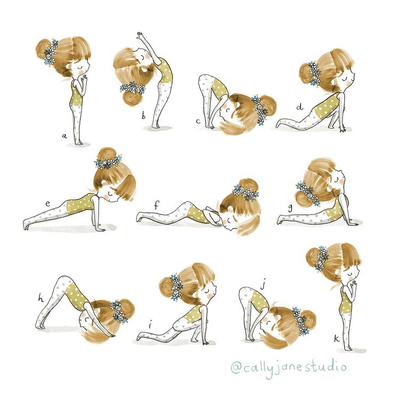

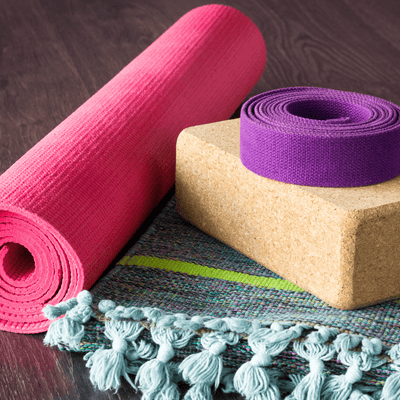
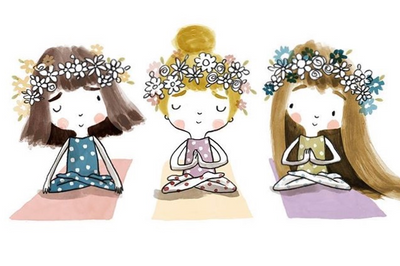
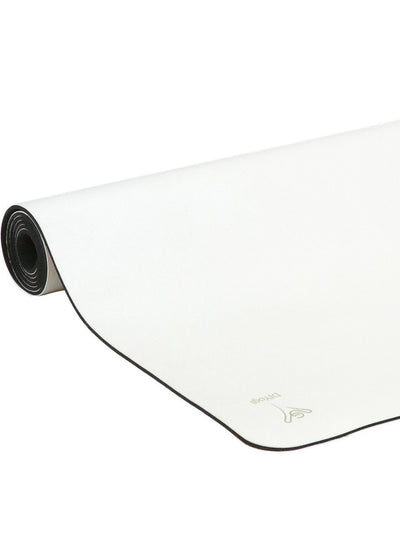
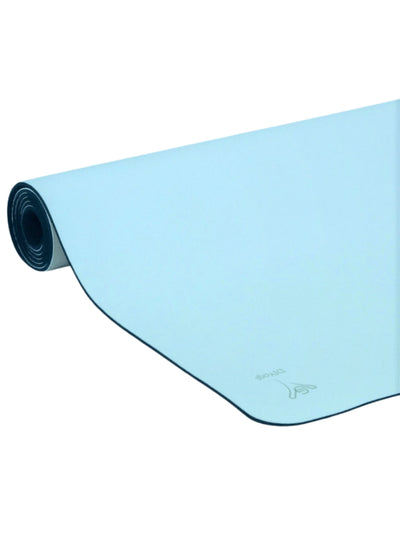
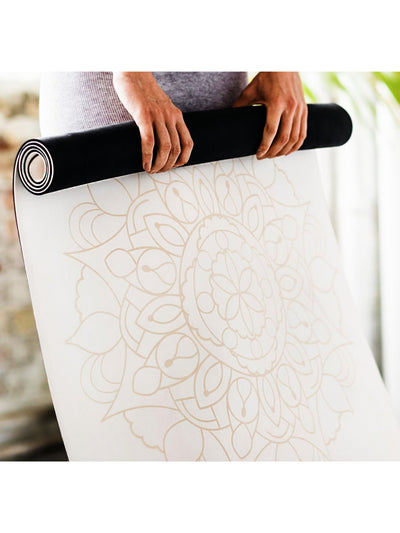
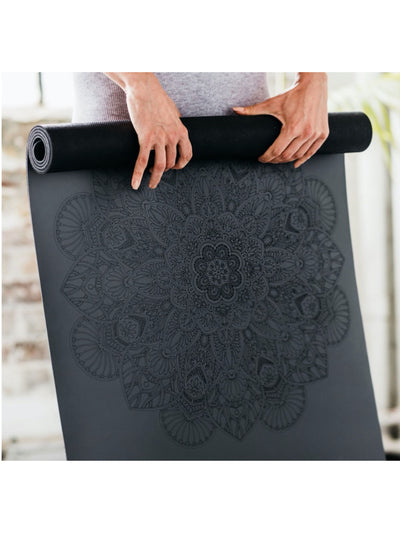
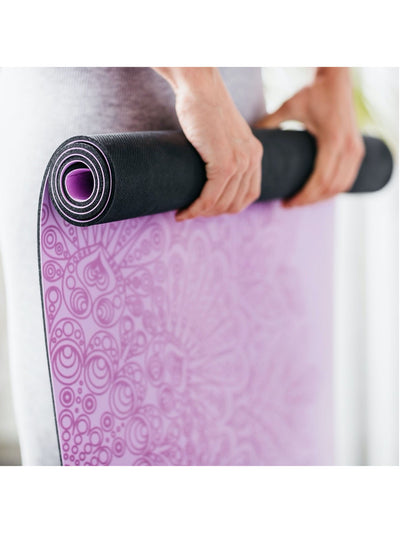
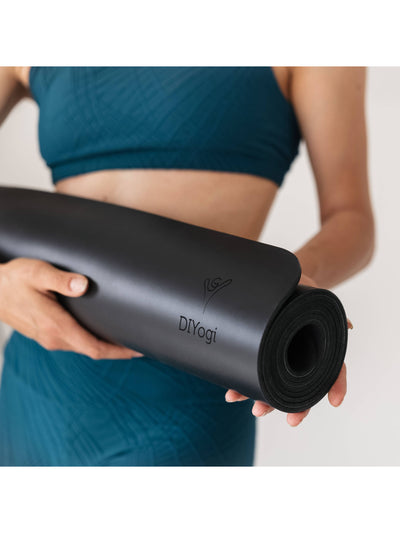
Leave a comment